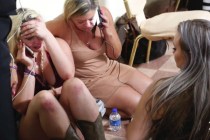Reporter takes a look inside Clark County jail’s juvenile wing
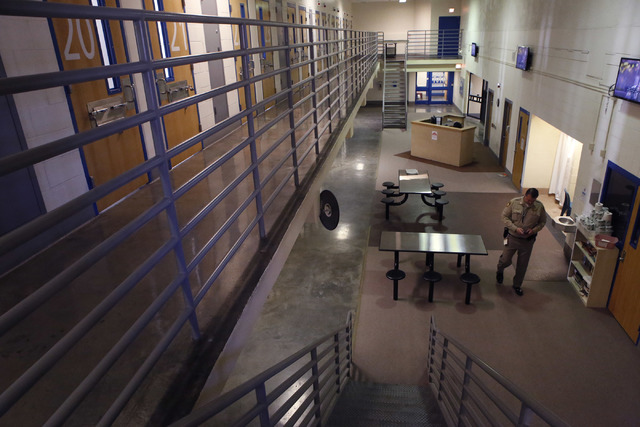
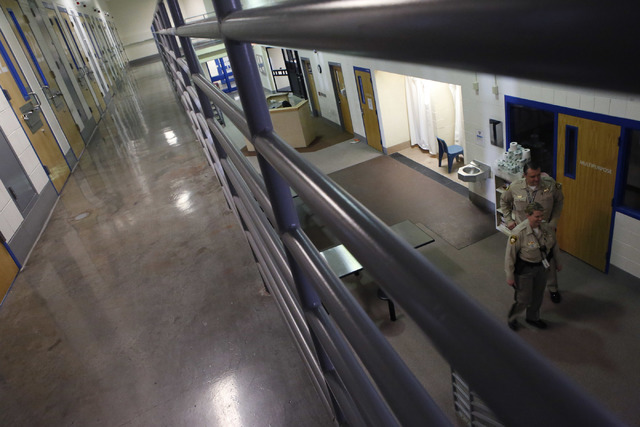
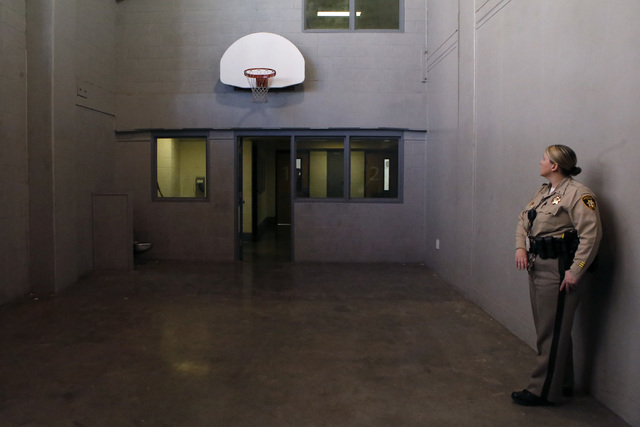
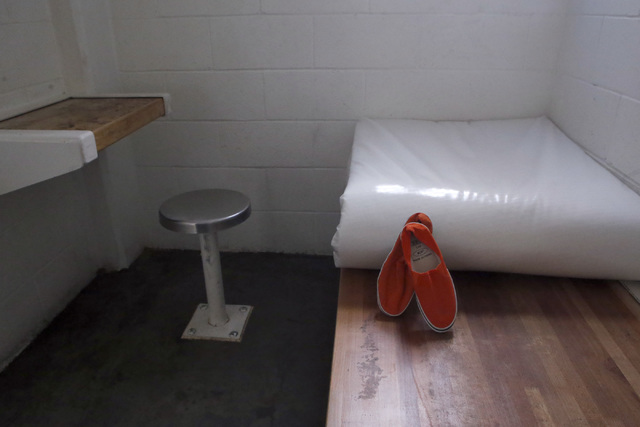

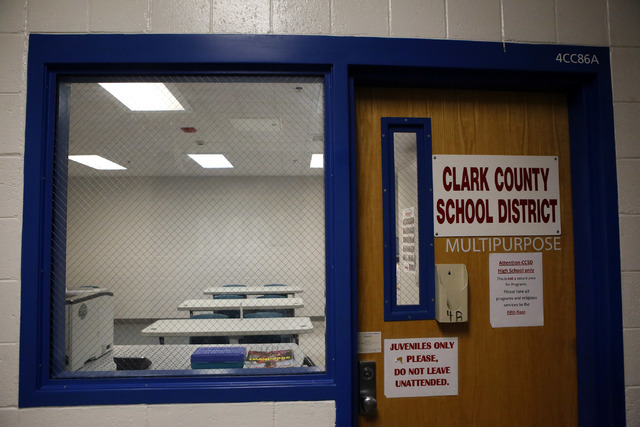
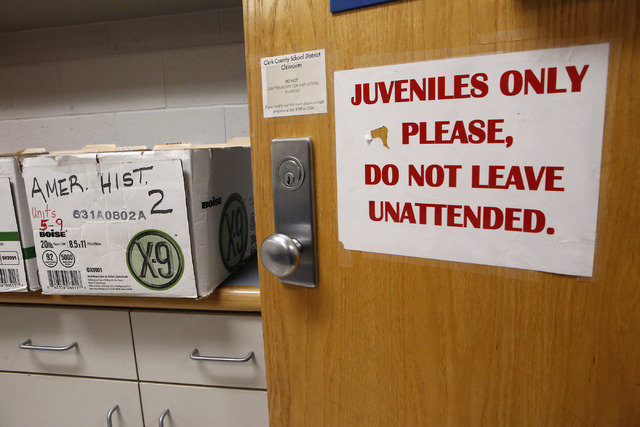
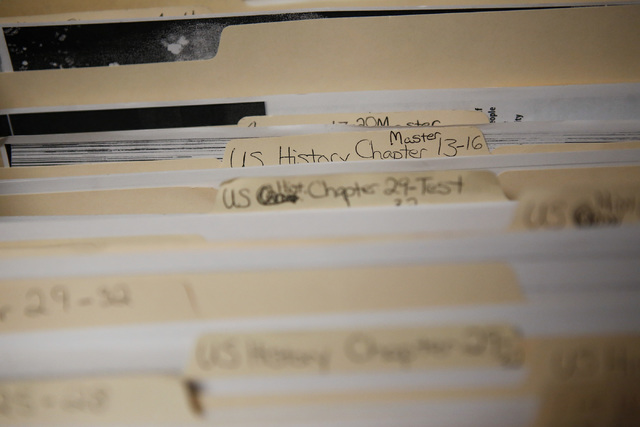
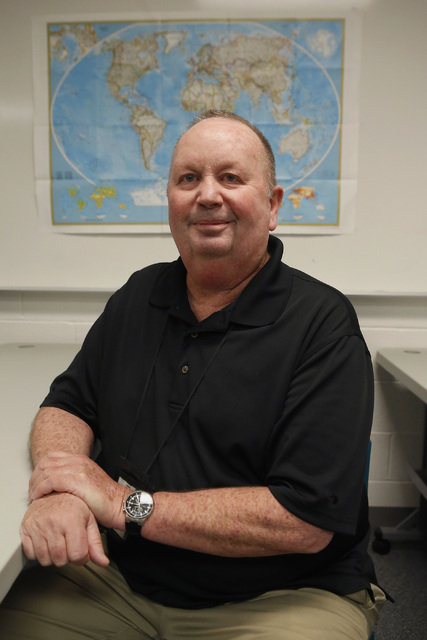
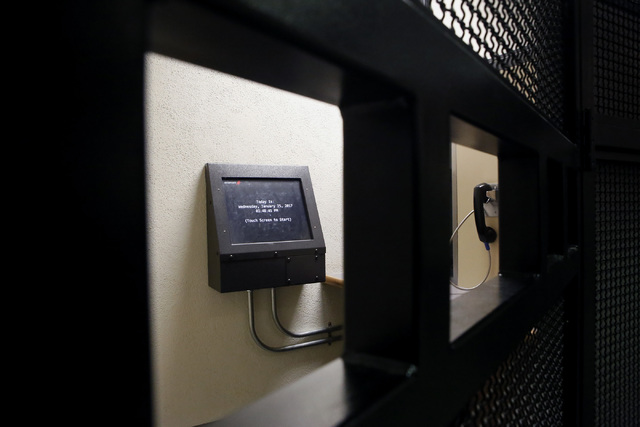
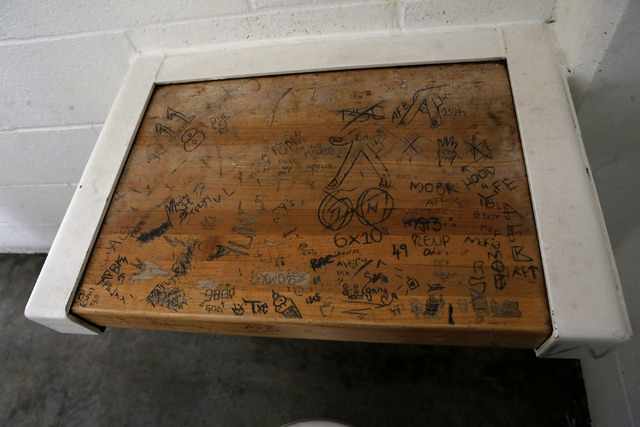
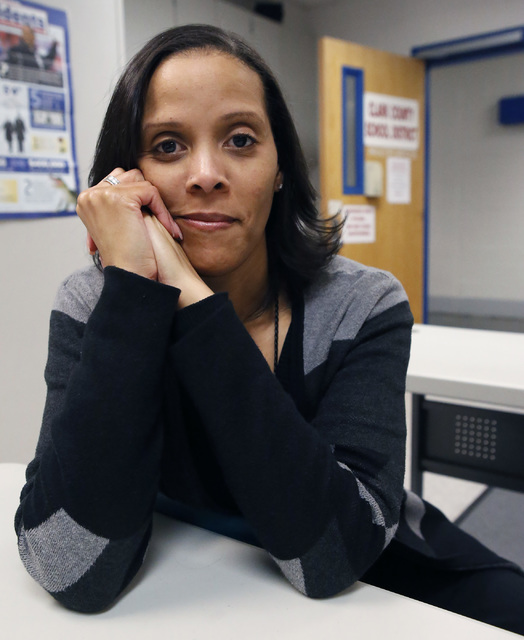
A week after 17-year-old Richard Newsome was arrested and charged as an adult in the murder of a former Chaparral High School football player, I toured the area of the county jail that houses juveniles suspected of violent acts.
It’s a small portion of the jail, located at the end of a long corridor, completely separate from where adults are held.
There were 28 boys in custody the day I toured, close to the 32-cell capacity. But that’s normal. The area is often near-full, Metropolitan Police Department Capt. Fred Meyer said, though the total count fluctuates month to month, as birthdays pass and new arrests are made.
The youngest teen held the day I visited was 14. The youngest ever was 13.
In the middle of the common area, there is a small bookshelf, filled with novels and nonfiction books some boys read to pass the time. I spied a few reading in their cells the day of the tour.
Modest tables topped with built-in checkerboards are situated near a front desk, where someone monitors the inmates throughout the day.
A few small TVs play movies and shows on channels including Spike TV. There’s no sound, but in jail, you take what you can get.
The only time the boys get fresh air is if they are allowed into the small recreation area — a solid concrete room adjacent to the common room with a single basketball hoop and a series of slats near the ceiling that allow outside air in. It was cold the day I toured.
When they aren’t in their holding area, the teens are in school, which is held in a classroom just across the corridor. The short walk to and from class is the biggest commotion the teens experience most days.
“It is jail,” teacher John Hathaway said. “But it’s a good thing. It’s a positive environment.”
Classes include English and American History. Students who complete course requirements earn a Clark County School District diploma.
“We do the same things classes do out there, except without internet, computers or a library,” Hathaway said.
Once a week, the teens also partake in a group counseling session, where they can open up and learn coping strategies. Suicide hotline fliers line the few phones the boys can use to make personal calls.
“There’s a handful that understand the seriousness (of their situation),” jail social worker Jacintha Smith said. But for others, their incarceration is “pretty much a joke.”
“They’re kids. A lot believe because they’re still kids, they can still go home,” she said, pausing. “Until the consequences hit them.”
When they do talk, the teens often are fixated on guilt, regret, and the family and romantic relationships they’ve “ruined,” Smith said.
“It’s hard for me personally because of where a lot of these kids come from,” she said. “They come from broken homes. They’re in gangs. They have family members in prison. This is what they know.”
While many teens act tough throughout their incarceration, “there’s some that are genuinely scared,” Smith said.
“They made a mistake they can’t take back.”
Vegas Vice runs every other Saturday. Contact Rachel Crosby at rcrosby@reviewjournal.com or 702-387-5290. Follow @rachelacrosby on Twitter.




